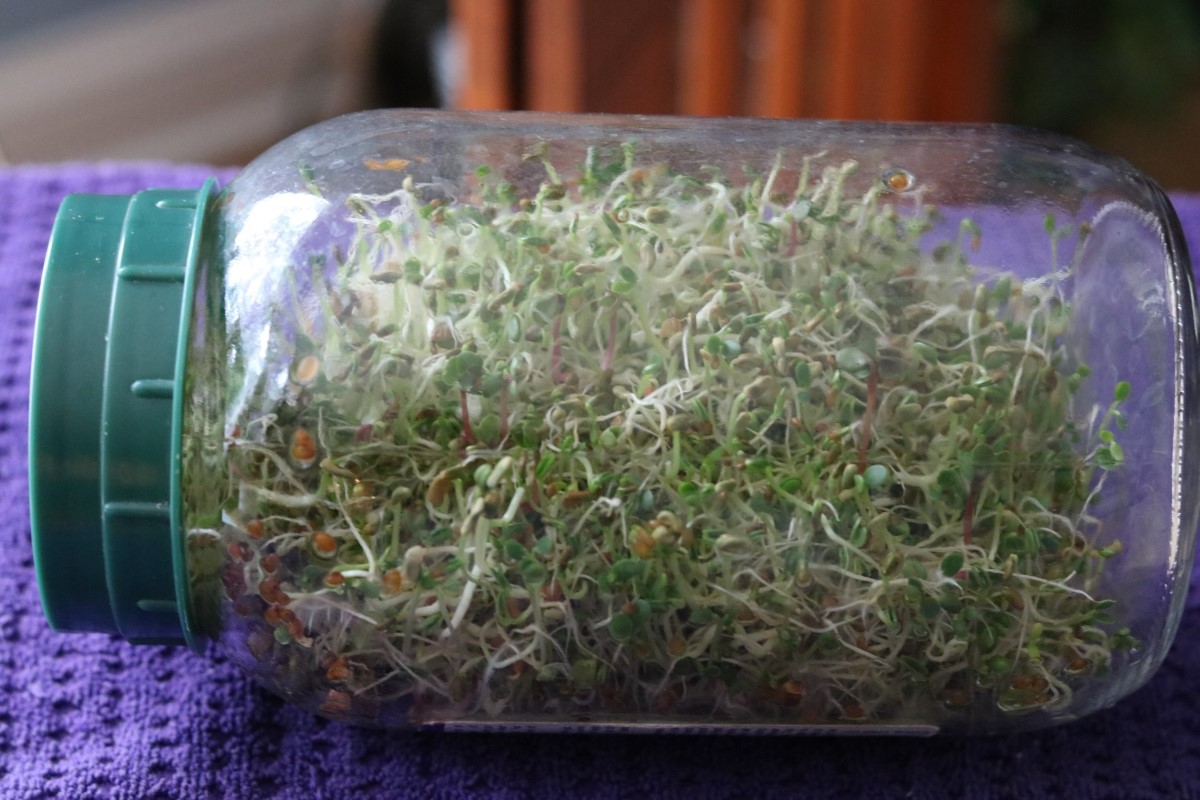

Articles
How To Store Sprouts
Modified: August 24, 2024
Learn the best methods and tips for storing sprouts in this informative article. Keep your sprouts fresh and ready to use with our expert advice.
(Many of the links in this article redirect to a specific reviewed product. Your purchase of these products through affiliate links helps to generate commission for Storables.com, at no extra cost. Learn more)
Introduction
Sprouts are not only a nutritious addition to any diet, but they are also incredibly versatile and can be used in a variety of dishes. Whether you grow your own sprouts at home or purchase them from a store, knowing how to properly store sprouts is essential to maintain their freshness and quality.
Storing sprouts correctly not only helps to preserve their taste, texture, and nutritional value, but it also extends their shelf life, allowing you to enjoy them for a longer period. In this article, we will explore the different methods and conditions for storing sprouts, so you can keep them fresh and delicious for as long as possible.
Why store sprouts, you may ask? Well, sprouts, such as mung bean sprouts, alfalfa sprouts, or broccoli sprouts, have a short lifespan. Once harvested or purchased, they tend to degrade quickly if not stored properly. By storing them correctly, you can maintain their freshness, crispness, and nutrient content, ensuring that you have a ready supply of sprouts for salads, sandwiches, stir-fries, or any other recipes you have in mind.
When it comes to storing sprouts, the container you choose plays a crucial role. It should provide the right environment to maintain the sprouts’ quality without causing spoilage. Choosing the right container will not only help prevent the sprouts from wilting or losing their crunch but also protect them from moisture and bacteria. Let’s explore the different options available.
Key Takeaways:
- Properly storing sprouts is essential for maintaining their freshness, taste, and nutritional value. Refrigeration, freezing, and room temperature storage are effective methods, and choosing the right container and following specific storage guidelines are crucial for maximizing shelf life.
- By following proper storage methods and general tips, you can extend the shelf life of sprouts and enjoy their unique flavors and health benefits throughout the year. Remember to handle sprouts with care, monitor regularly, and consume them within recommended storage durations.
Read more: How To Store Sprouted Lentils
Why Store Sprouts?
Storing sprouts is essential for several reasons. First and foremost, sprouts are highly perishable. They have a short shelf life once harvested or purchased, especially if they are not stored properly. By storing sprouts correctly, you can extend their freshness and preserve their taste and texture.
Furthermore, sprouts are packed with vital nutrients. They are rich in vitamins, minerals, antioxidants, and enzymes that provide numerous health benefits. However, these nutrients can degrade over time if the sprouts are not stored appropriately. By storing sprouts properly, you can help preserve their nutrient content, ensuring that you receive the maximum nutritional benefits when consuming them.
Another reason to store sprouts is convenience. Having a stash of fresh sprouts readily available in your fridge or pantry means you can easily add them to your meals whenever you desire. Whether it’s a quick salad, a sandwich, or a stir-fry, having stored sprouts on hand saves time and allows you to incorporate these nutritious gems into your daily diet with ease.
Additionally, storing sprouts can save you money. If you purchase sprouts in bulk or grow them at home, proper storage can prevent waste by ensuring that they remain fresh for longer. Instead of having to use all your sprouts within a day or two, you can store them properly and enjoy them over an extended period, reducing the likelihood of any going to waste.
Lastly, storing sprouts allows you to have a continuous supply throughout the year. Some types of sprouts may be seasonal, and by storing them properly, you can preserve the harvest and enjoy them even when they are out of season. This ensures that you can enjoy the benefits of sprouts all year round, regardless of the availability in the market.
Now that we understand the importance of storing sprouts, let’s delve into the various factors to consider when choosing the right container for storing sprouts.
Choosing the Right Container
Choosing the right container is crucial for storing sprouts effectively. The container you select should provide a suitable environment for the sprouts, maintaining their freshness and preventing spoilage. Here are some factors to consider when choosing the right container:
- Airtight: Opt for an airtight container that seals tightly. This will prevent air from entering the container and keep the sprouts fresh for a longer time. Airtight containers also help control moisture levels, reducing the risk of sprouts becoming soggy or developing mold.
- BPA-free: Look for containers that are free of Bisphenol A (BPA). BPA is a chemical commonly found in plastics and can leach into food. By choosing BPA-free containers, you ensure that your sprouts are stored in a safe and contaminant-free environment.
- Transparency: Opt for a transparent container, such as glass or clear plastic, so you can easily monitor the freshness and condition of the sprouts without having to open the container. This is especially helpful when storing different types of sprouts or when storing them alongside other ingredients.
- Size and shape: Consider the size and shape of the container based on the quantity of sprouts you plan to store. Ensure that the container is large enough to accommodate the sprouts without crushing or overcrowding them. It’s also helpful to choose a container with a wide-mouth opening for easy access and retrieval of sprouts.
- Stackability: If you plan to store multiple containers of sprouts, consider containers that are stackable. Stackable containers save space in your fridge or pantry and help maintain organization while storing different varieties of sprouts.
When it comes to selecting the right container, you have a variety of options to choose from. Glass jars with airtight lids, plastic containers with locking mechanisms, or even specialized sprouting containers with built-in drainage systems are all viable choices.
Remember to clean and sanitize your chosen container before storing sprouts to ensure a hygienic storage environment. Once you have the right container, it’s time to prepare the sprouts for storage. Let’s explore the necessary steps to properly prepare sprouts before storing them.
Prepping Sprouts for Storage
Properly preparing sprouts before storage is essential to maintain their freshness and quality. Follow these steps to ensure that your sprouts are ready for storage:
- Rinse thoroughly: Start by giving the sprouts a thorough rinse under cool running water. This helps remove any dirt, debris, or bacteria that may be present on the surface.
- Remove excess moisture: After rinsing, gently shake the sprouts to remove any excess water. Excess moisture can lead to the growth of mold or make the sprouts soggy during storage.
- Trim if necessary: Check the sprouts for any brown or damaged parts. Trim off any damaged ends or discolored portions before storing. This helps prevent the spread of decay and ensures that only the fresh and healthy sprouts are stored.
- Allow to dry: After rinsing and trimming, allow the sprouts to air dry for a short period. Place them on a clean towel or paper towel to absorb any remaining moisture. It’s important to ensure that the sprouts are completely dry before storing to prevent moisture-related issues during storage.
Once the sprouts are prepped and ready, it’s time to consider the optimal storage conditions to maintain their freshness and extend their shelf life. Let’s explore the various storage conditions to store your sprouts properly.
Proper Storage Conditions
To ensure that your sprouts stay fresh and maintain their quality, it’s important to store them under the right conditions. Here are the key factors to consider when storing sprouts:
- Temperature: Sprouts should be stored at a cool temperature to slow down the growth of bacteria and maintain their crispness. The optimal temperature for storing sprouts is between 38°F (3°C) and 45°F (7°C). Avoid storing sprouts at room temperature, as higher temperatures can lead to faster spoilage.
- Humidity: Sprouts should be stored in a slightly humid environment to prevent them from drying out. However, excessive humidity can cause them to become mushy or develop mold. Aim for a humidity level of around 90-95% to maintain the sprouts’ moisture content without encouraging microbial growth.
- Avoid direct sunlight: Exposure to sunlight can cause sprouts to become discolored and lose their nutritional value. Store sprouts in a dark or dimly lit area, away from direct sunlight or bright lights, to maintain their quality.
- Isolation: It’s important to keep sprouts isolated from other foods, especially raw meats or poultry, to prevent cross-contamination. Store sprouts in a separate compartment or use a separate container to ensure that they do not come into contact with other ingredients that may harbor harmful bacteria.
- Proper airflow: While sprouts should be kept in an airtight container, it’s essential to allow for some airflow to prevent the build-up of excess moisture. This can be achieved by opening the container briefly every few days to allow fresh air to circulate.
By following these proper storage conditions, you can maximize the shelf life of your sprouts and ensure that they maintain their taste, texture, and nutritional value. Now let’s explore different methods of storing sprouts, focusing on refrigeration, freezing, and room temperature storage.
Read more: How To Store Broccoli Sprouts
Storing Sprouts in the Refrigerator
The refrigerator is an ideal place to store sprouts as it provides a cool and controlled environment. Follow these steps to store sprouts in the refrigerator:
- Place in an airtight container: Transfer the sprouts to an airtight container, ensuring that they are not packed too tightly. This allows for proper airflow and prevents the sprouts from getting crushed.
- Line container with a paper towel: Before placing the sprouts in the container, consider lining the bottom with a clean paper towel. This will absorb excess moisture and help maintain an optimal level of humidity.
- Seal the container tightly: Close the container tightly to create an airtight seal. This helps keep the sprouts fresh and prevents them from absorbing odors from other foods in the fridge.
- Store in the vegetable crisper drawer: Place the container of sprouts in the vegetable crisper drawer of your refrigerator. This compartment usually provides a slightly higher humidity level, which is beneficial for sprouts.
- Keep away from ethylene-producing fruits: Avoid storing sprouts near fruits such as apples, bananas, or avocados, as these produce ethylene gas, which can cause sprouts to spoil more quickly.
When stored properly in the refrigerator, sprouts can typically stay fresh for about 3 to 5 days. However, some sprouts, like broccoli sprouts or radish sprouts, may have a shorter shelf life and should be consumed within a couple of days for optimal freshness.
In the next section, we will explore another method of storing sprouts: freezing.
Store sprouts in a breathable container, such as a paper bag or perforated plastic bag, in the refrigerator. Make sure to remove any excess moisture and use them within a few days for the best flavor and texture.
Freezing Sprouts
Freezing sprouts is a great option if you want to extend their shelf life beyond a few days. Freezing helps preserve the sprouts by slowing down the growth of bacteria and enzymes. Here’s how you can freeze sprouts:
- Blanch the sprouts: Start by blanching the sprouts in boiling water for a short period, typically around 1-2 minutes. Blanching helps kill any bacteria and enzymes present on the sprouts, preserving their quality during freezing.
- Cool in ice water: After blanching, immediately transfer the sprouts to a bowl of ice water to cool them rapidly. This halts the cooking process and helps maintain their crispness and color.
- Drain and dry: Once the sprouts are cool, drain them thoroughly and pat them dry with a clean kitchen towel or paper towel. Excess moisture can lead to the formation of ice crystals during freezing, affecting the texture of the sprouts.
- Package for freezing: Transfer the sprouts to freezer-safe bags or airtight containers. Be sure to remove as much air as possible from the packaging to minimize the risk of freezer burn.
- Label and date: Don’t forget to label the package with the contents and the date of freezing. This allows you to keep track of the sprouts and ensures that you use them within a reasonable time.
- Place in the freezer: Finally, place the packaged sprouts in the freezer, ensuring they are kept in a flat and organized manner. This makes it easier to locate and retrieve the desired quantity when needed.
Frozen sprouts can typically be stored for up to 3 months without significant loss of quality. However, it’s worth noting that freezing can slightly alter the texture of the sprouts. Therefore, frozen sprouts are best suited for cooked or stir-fried dishes rather than using them raw in salads or sandwiches.
Now that we’ve covered refrigeration and freezing, let’s discuss storing sprouts at room temperature.
Storing Sprouts at Room Temperature
While refrigeration and freezing are the preferred methods for storing sprouts, certain types of sprouts can be stored at room temperature for short periods. However, it’s important to note that storing sprouts at room temperature increases the risk of spoilage and reduces their shelf life. Here are some tips for storing sprouts at room temperature:
- Leave the sprouts intact: It’s best to keep the sprouts intact on their stalks or in their original packaging if they were purchased that way. This helps maintain their freshness by protecting them from excessive handling and exposure to air.
- Keep in a cool, dry place: Find a cool and dry spot in your kitchen or pantry to store the sprouts at room temperature. Avoid areas that are exposed to direct sunlight, as it can cause the sprouts to wilt and spoil more quickly.
- Monitor for spoilage: Regularly check the sprouts for any signs of spoilage, such as discoloration, foul odor, or sliminess. If you notice any of these signs, it is best to discard the sprouts to prevent the spread of bacteria and potential foodborne illnesses.
- Consume within a day or two: Unlike refrigeration or freezing, sprouts stored at room temperature have a shorter shelf life. It is recommended to consume them within a day or two to ensure their freshness and minimize the risk of foodborne illnesses.
It’s important to note that not all types of sprouts can be stored at room temperature, as some are more perishable than others. It’s always best to follow specific storage recommendations provided for the type of sprout you are dealing with.
Now that we have explored different methods of storing sprouts, let’s move on to additional tips for long-term sprout storage.
Storing Sprouts in a Pantry or Cupboard
While refrigeration and freezing are the most common methods for storing sprouts, certain types of sprouts can also be stored in a pantry or cupboard. This method is suitable for sprouts that have a longer shelf life and are less perishable. Here are some tips on storing sprouts in a pantry or cupboard:
- Choose a cool, dark location: Find a pantry or cupboard that is cool and dark, away from direct sunlight or excessive heat sources. Temperature fluctuations can cause sprouts to spoil more quickly, so it’s important to select a stable environment.
- Use an airtight container: Place the sprouts in an airtight container to protect them from exposure to light, air, and moisture. This helps maintain their freshness and prevents them from becoming dry or developing mold.
- Line the container with paper towels: Before placing the sprouts in the container, consider lining the bottom with clean paper towels. This helps absorb any excess moisture and maintain an optimal level of humidity.
- Check for spoilage: Regularly inspect the sprouts for any signs of spoilage, such as discoloration, foul odor, or sliminess. If you notice any of these signs, it is best to discard the sprouts to prevent the spread of bacteria and ensure food safety.
- Consume within a reasonable time: While pantry storage can extend the shelf life of sprouts, it’s still important to consume them within a reasonable time frame to ensure their freshness and quality. Check the specific sprout type for recommended storage durations.
Storing sprouts in a pantry or cupboard is suitable for sprouts with longer shelf lives, such as lentil sprouts or chickpea sprouts. However, it’s worth noting that this method may not be as effective as refrigeration or freezing in terms of maintaining sprout quality and nutritional value.
Now that we have covered different storage methods, let’s explore some general tips for long-term sprout storage.
Read more: How To Store Alfalfa Sprouts
Tips for Long-Term Sprout Storage
If you want to maximize the shelf life of your sprouts and ensure they stay fresh for as long as possible, consider these tips for long-term sprout storage:
- Choose fresh sprouts: Start with fresh, high-quality sprouts. Look for sprouts that are vibrant in color, crisp, and free from any signs of spoilage or damage. Fresh sprouts will have a longer shelf life and better flavor.
- Store immediately: Once you’ve harvested or purchased your sprouts, store them promptly. Delaying storage can lead to a decline in freshness and quality.
- Label and date: Properly label your containers or packages with the contents and the date of storage. This helps you keep track of the sprouts and ensures that you use them within a reasonable time frame.
- Rotate your stock: If you’re consistently storing sprouts, make sure to rotate your stock. Use older sprouts first before moving on to the fresher batches. This prevents any sprouts from languishing in storage and ensures that you consume them at their best.
- Avoid excessive handling: Handle sprouts with care to prevent bruising or crushing. Excessive handling can lead to faster spoilage and a decrease in quality. Opt for airtight containers that minimize the need for frequent handling.
- Avoid cross-contamination: Keep sprouts separated from other ingredients, especially raw meats or poultry, to prevent cross-contamination and the risk of foodborne illnesses.
- Monitor regularly: Regularly check your stored sprouts for any signs of spoilage such as discoloration, foul odor, or sliminess. Promptly remove any sprouts showing signs of deterioration to prevent the spread of bacteria.
- Follow specific storage guidelines: Different types of sprouts may have specific storage requirements. Some may require refrigeration, while others can tolerate room temperature storage. Be sure to check the specific storage guidelines for the sprout variety you are working with.
By following these tips, you can effectively extend the shelf life of your sprouts and ensure that they maintain their freshness, taste, and nutritional value. Remember that sprouts are best enjoyed when they are at their peak freshness, so aim to consume them within the recommended storage durations for the best culinary experience.
Now that we have explored various methods and tips for storing sprouts, it’s time to wrap up our article.
Conclusion
Knowing how to properly store sprouts is essential for maintaining their freshness, taste, and nutritional value. Whether you grow your own sprouts or purchase them from the store, following the right storage methods can significantly extend their shelf life and ensure you have a ready supply of sprouts for your favorite dishes.
We explored various storage methods, including refrigeration, freezing, room temperature storage, and pantry storage. Refrigeration is the preferred method for storing sprouts, as it provides a cool and controlled environment that helps maintain their quality. Freezing is a great option for extending the shelf life of sprouts beyond a few days, while room temperature storage and pantry storage are suitable for sprouts with longer shelf lives.
Choosing the right container, such as an airtight one, and properly prepping the sprouts by rinsing, trimming, and drying them, are crucial steps in maintaining their freshness. It’s important to store sprouts under proper conditions, such as cool temperatures and controlled humidity levels, to prevent spoilage and maintain their crispness.
Additionally, following general tips for long-term sprout storage, such as using fresh sprouts, rotating your stock, avoiding excessive handling, and monitoring for spoilage, can help ensure that your sprouts stay fresh for as long as possible.
Remember to follow specific storage guidelines for different types of sprouts, as some may have specific temperature and humidity requirements. It’s also important to consume sprouts within their recommended storage durations to enjoy them at their peak freshness.
By implementing these storage techniques and tips, you can maximize the shelf life and enjoyment of your sprouts, incorporating them into a variety of dishes throughout the year. So go ahead, store your sprouts with confidence, and savor their unique flavors and health benefits whenever you desire.
Frequently Asked Questions about How To Store Sprouts
Was this page helpful?
At Storables.com, we guarantee accurate and reliable information. Our content, validated by Expert Board Contributors, is crafted following stringent Editorial Policies. We're committed to providing you with well-researched, expert-backed insights for all your informational needs.
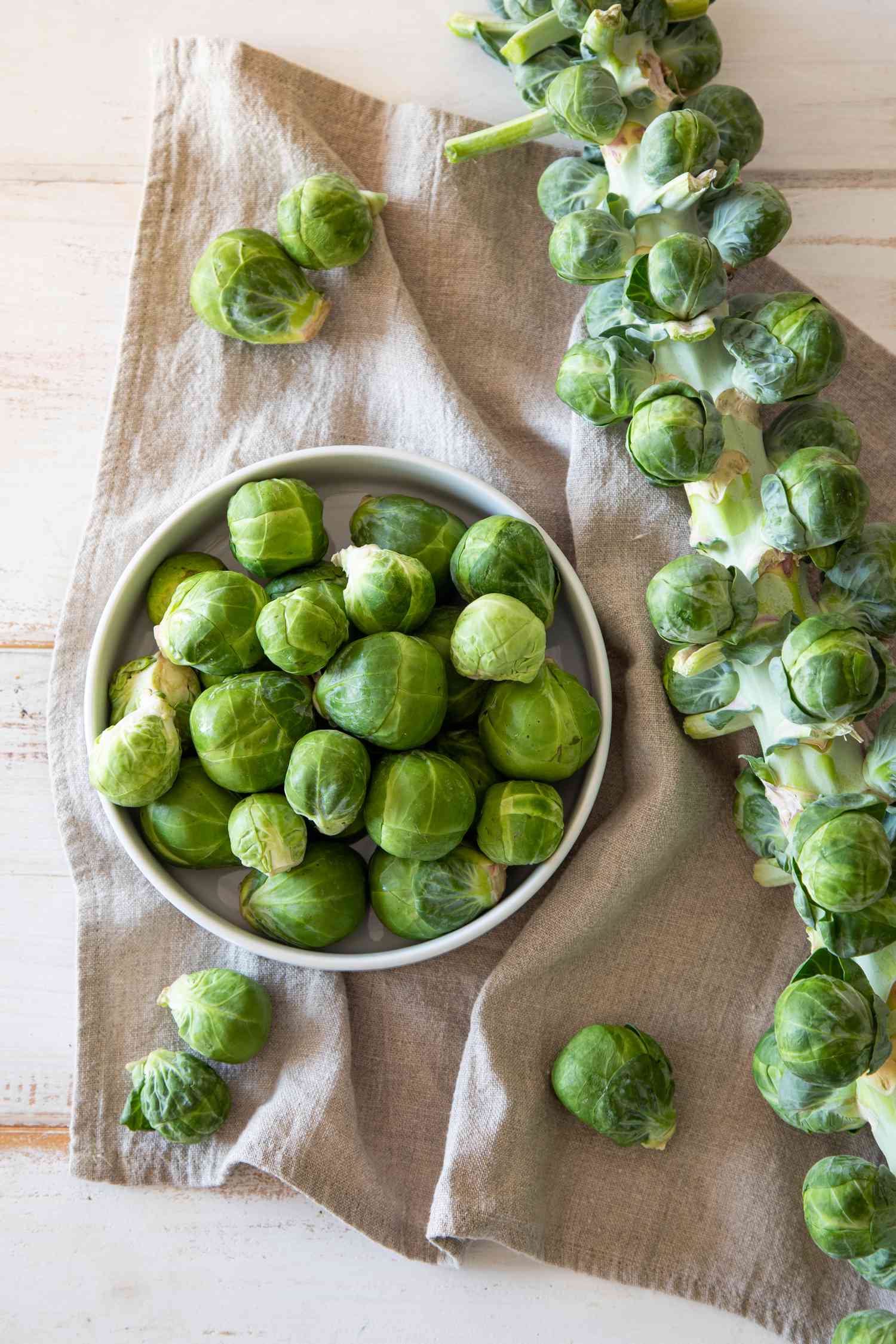

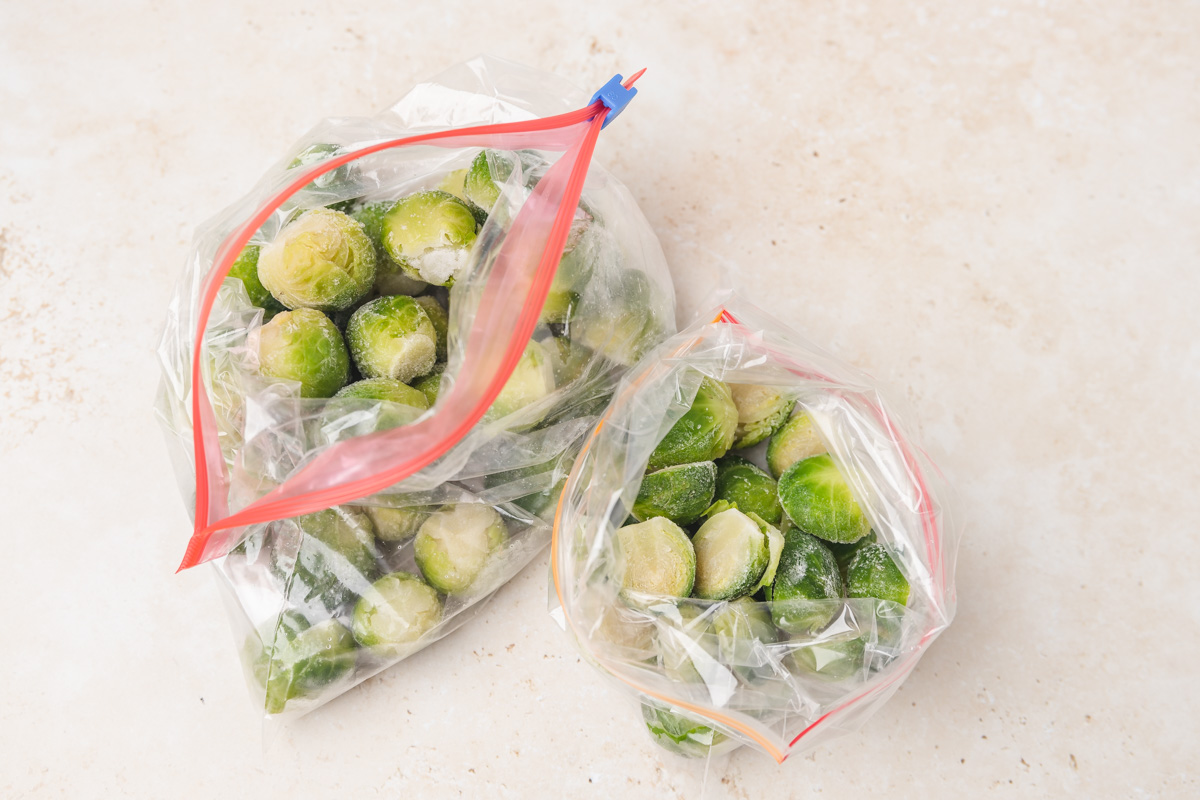
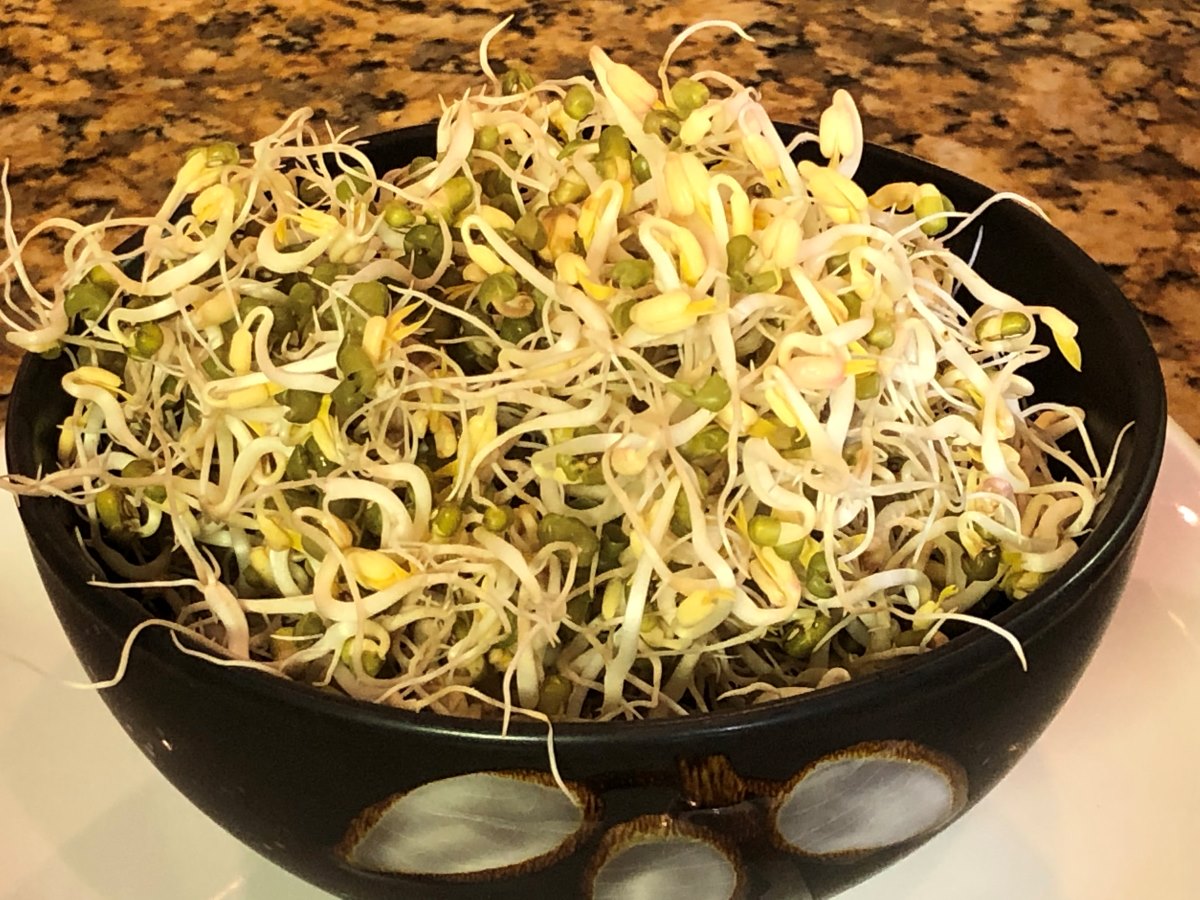
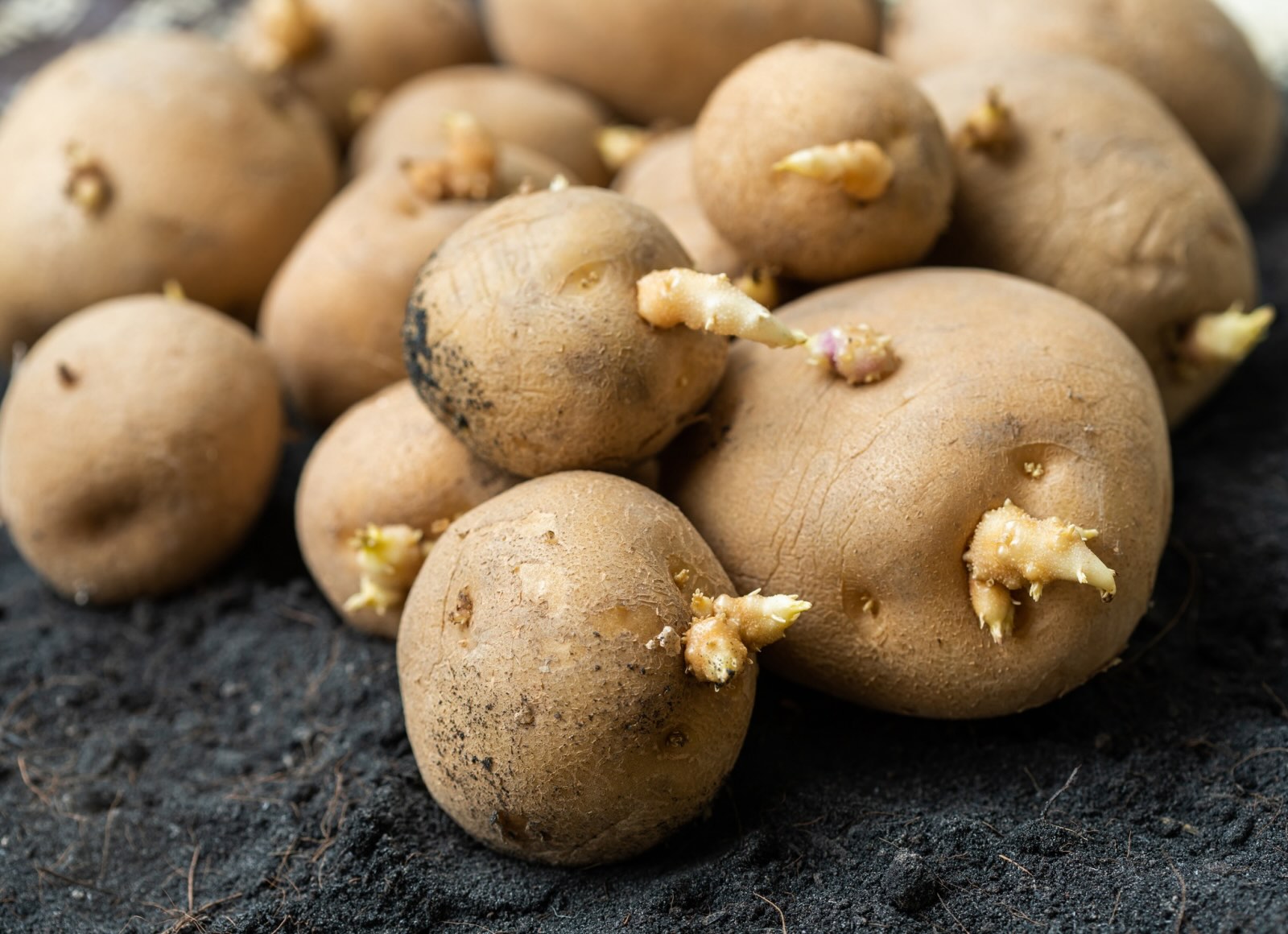

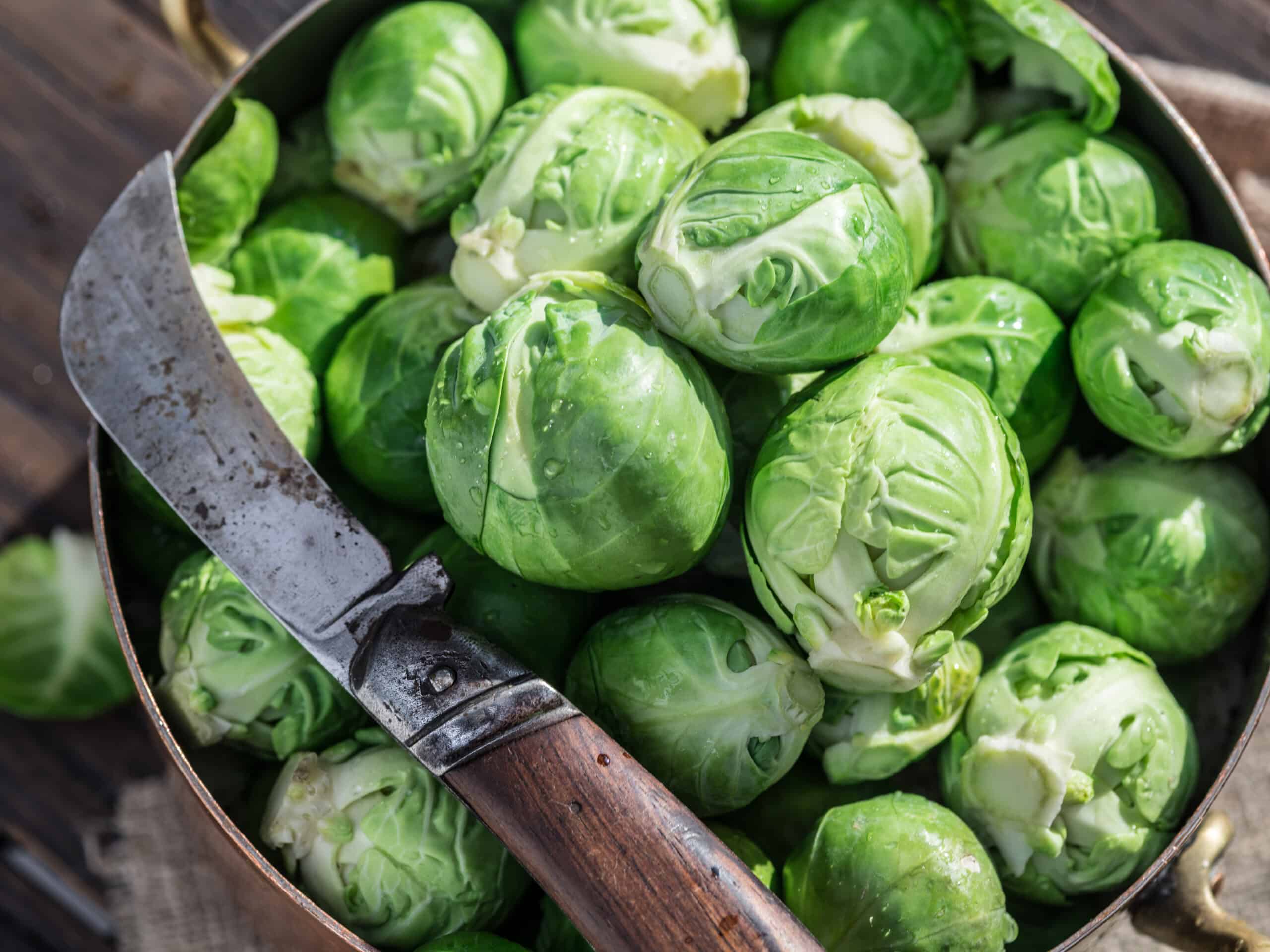
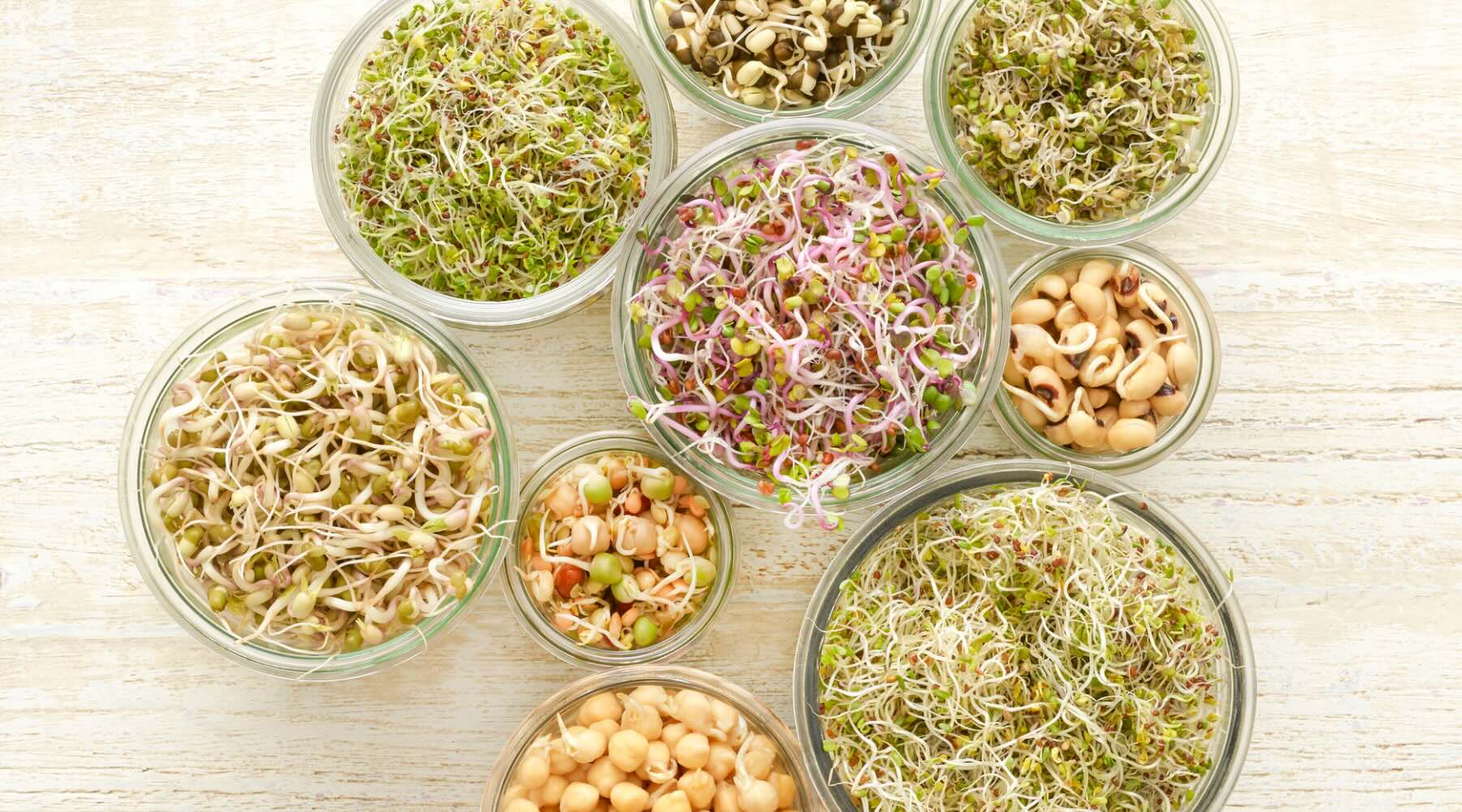
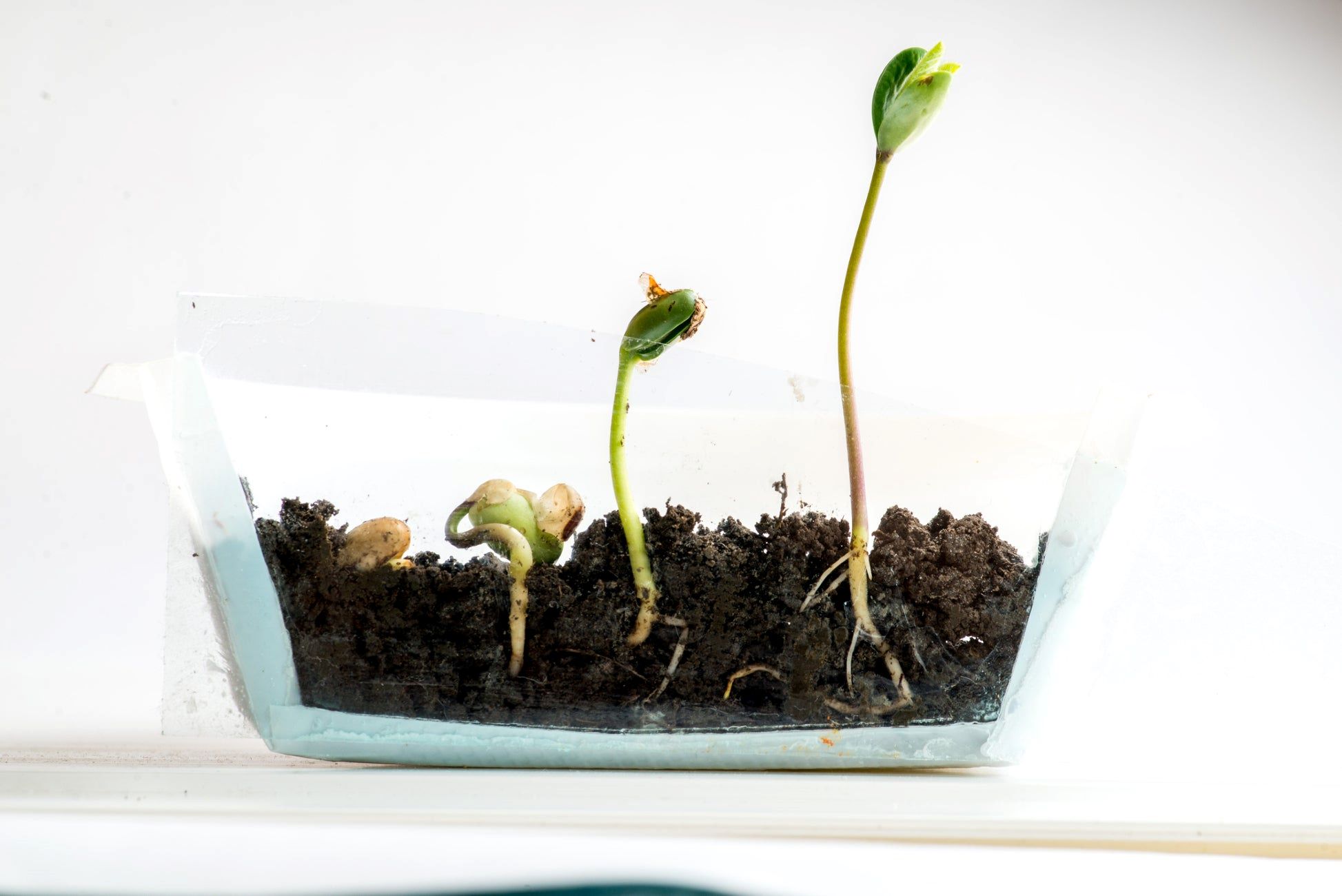
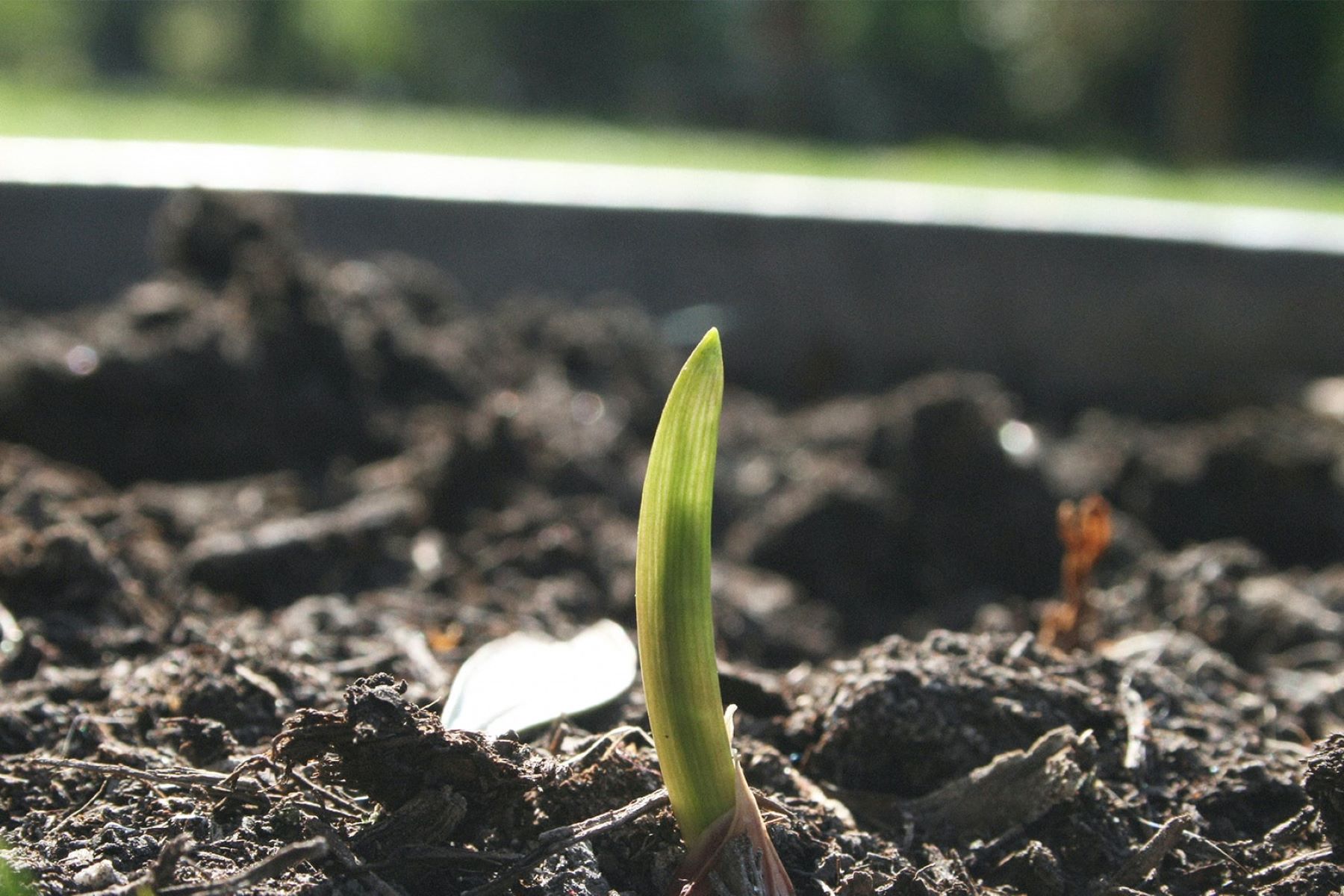
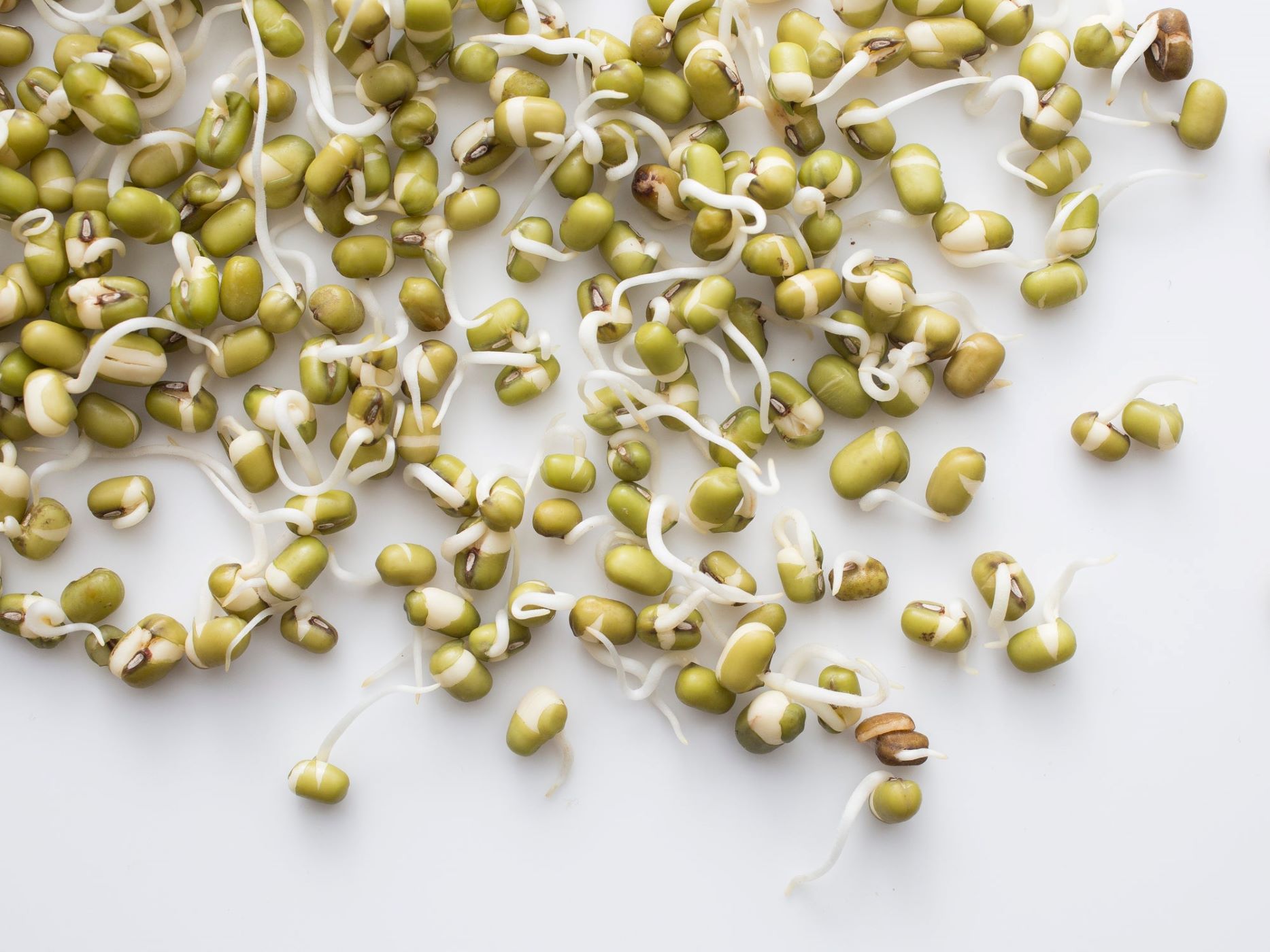
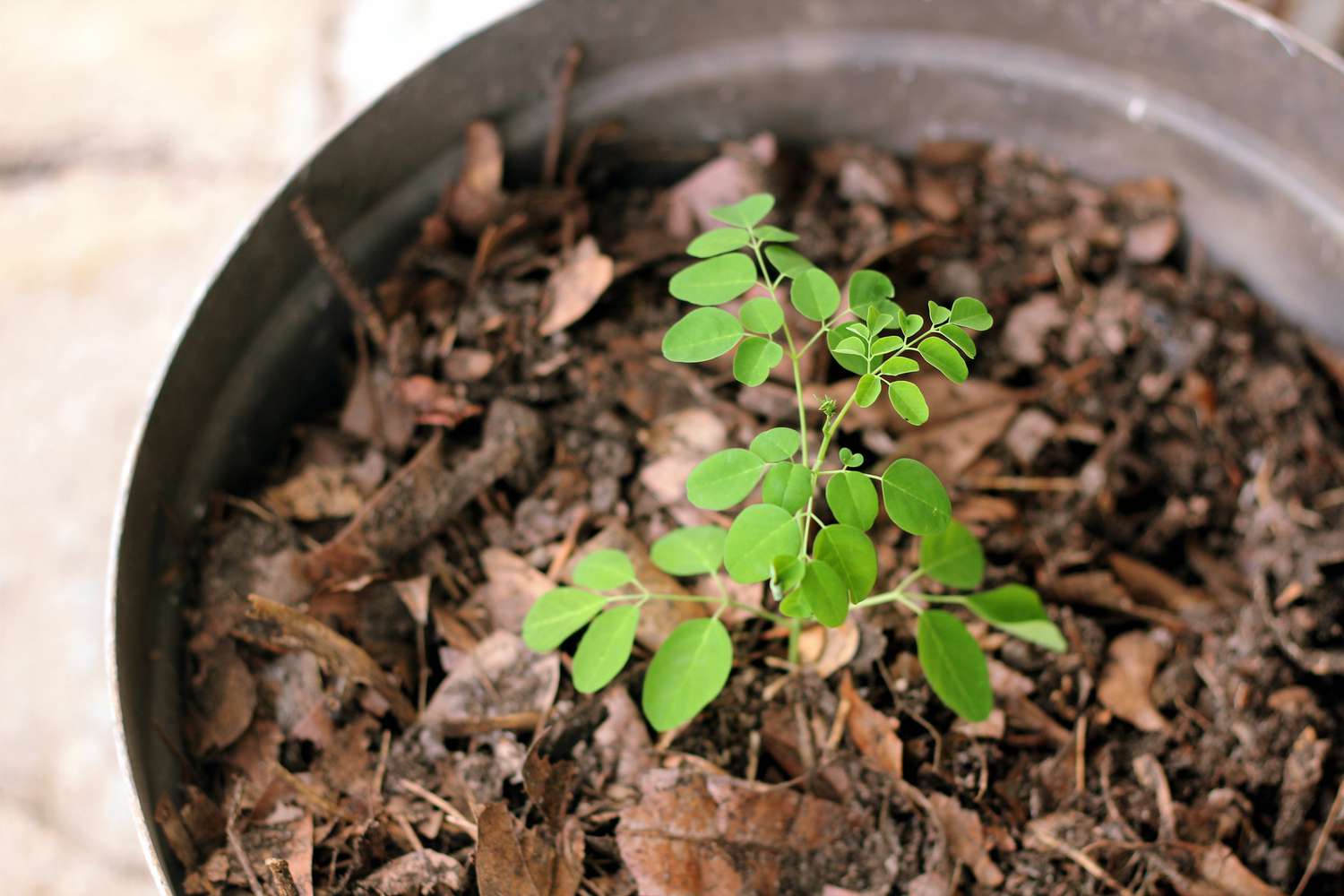
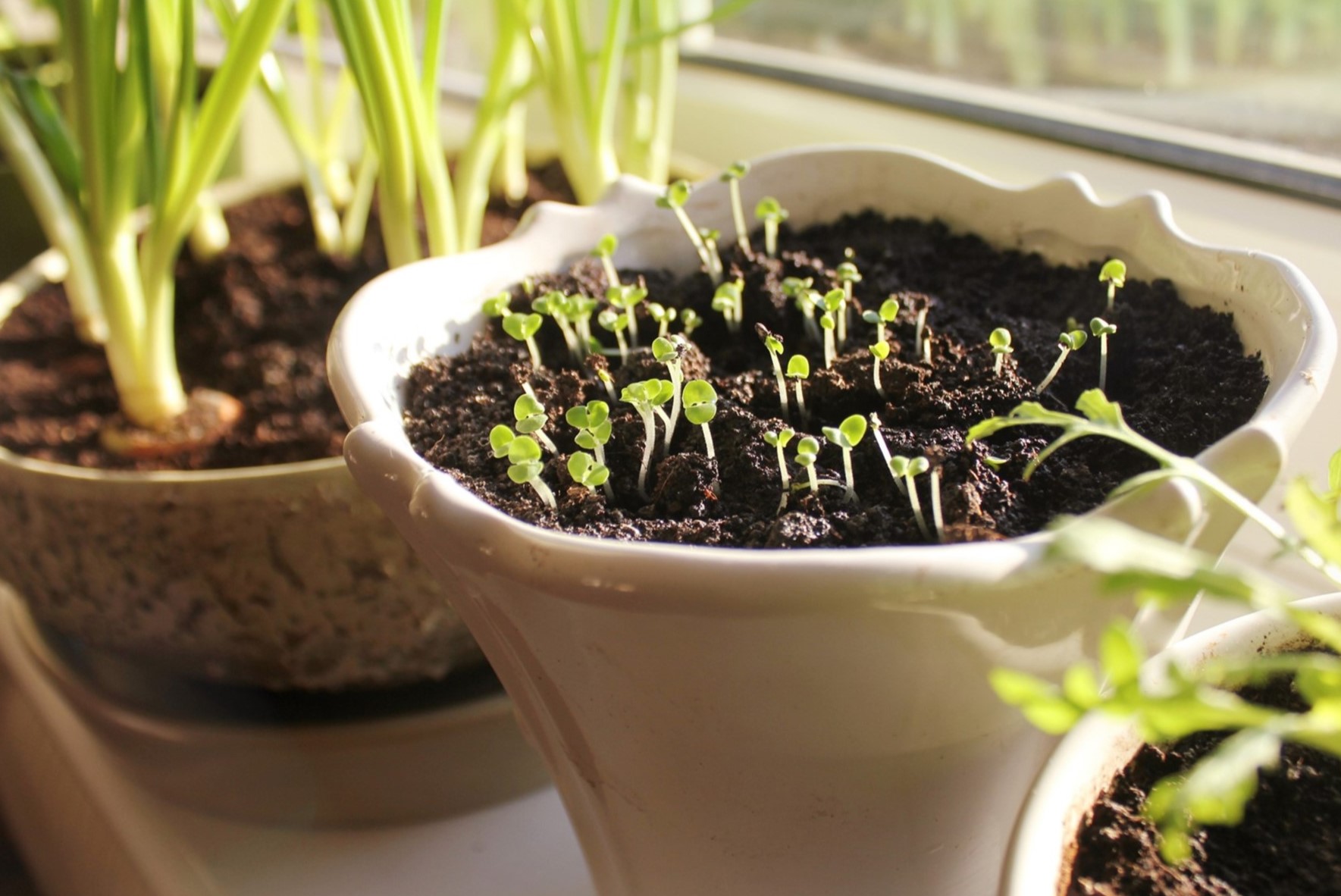

0 thoughts on “How To Store Sprouts”